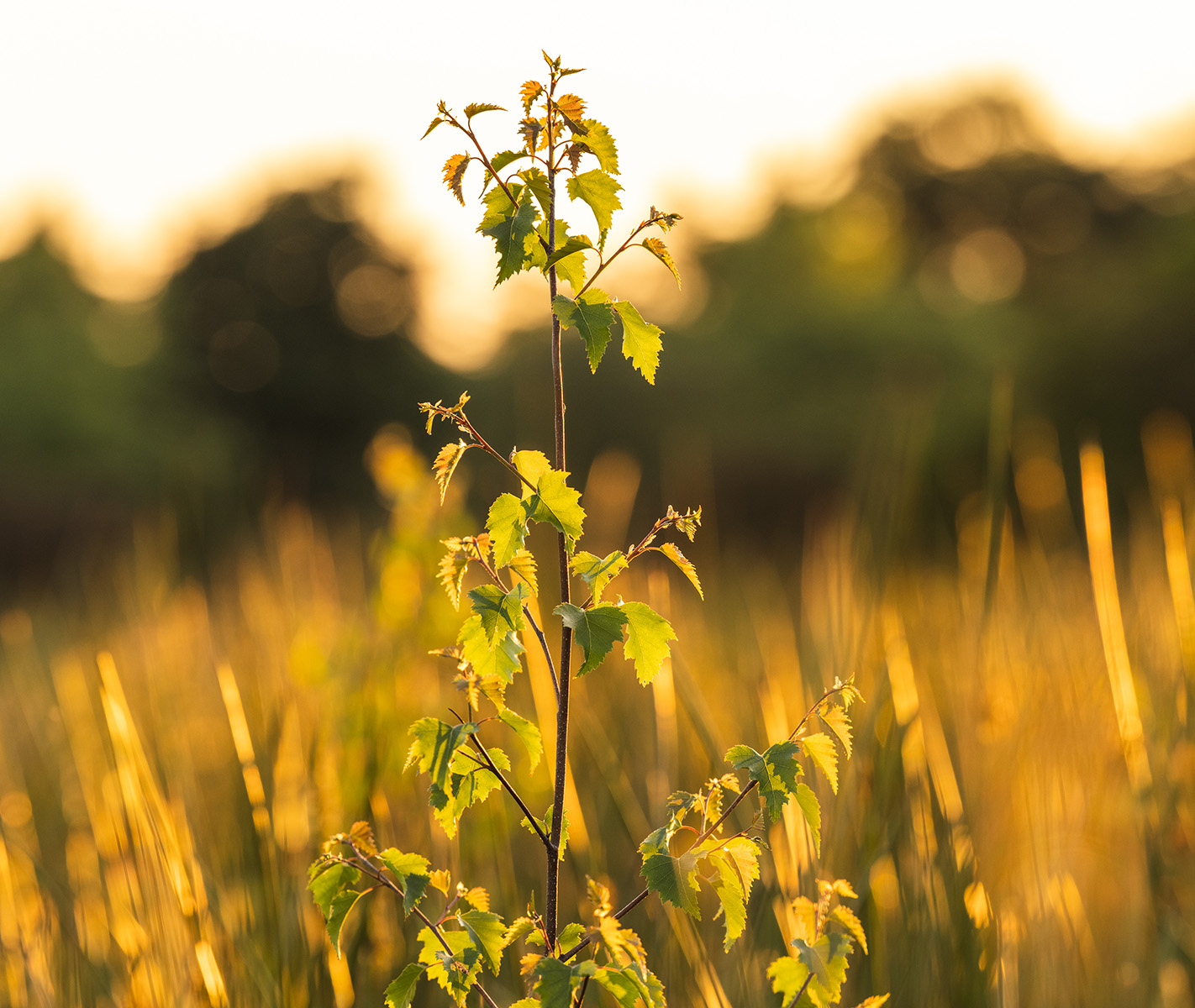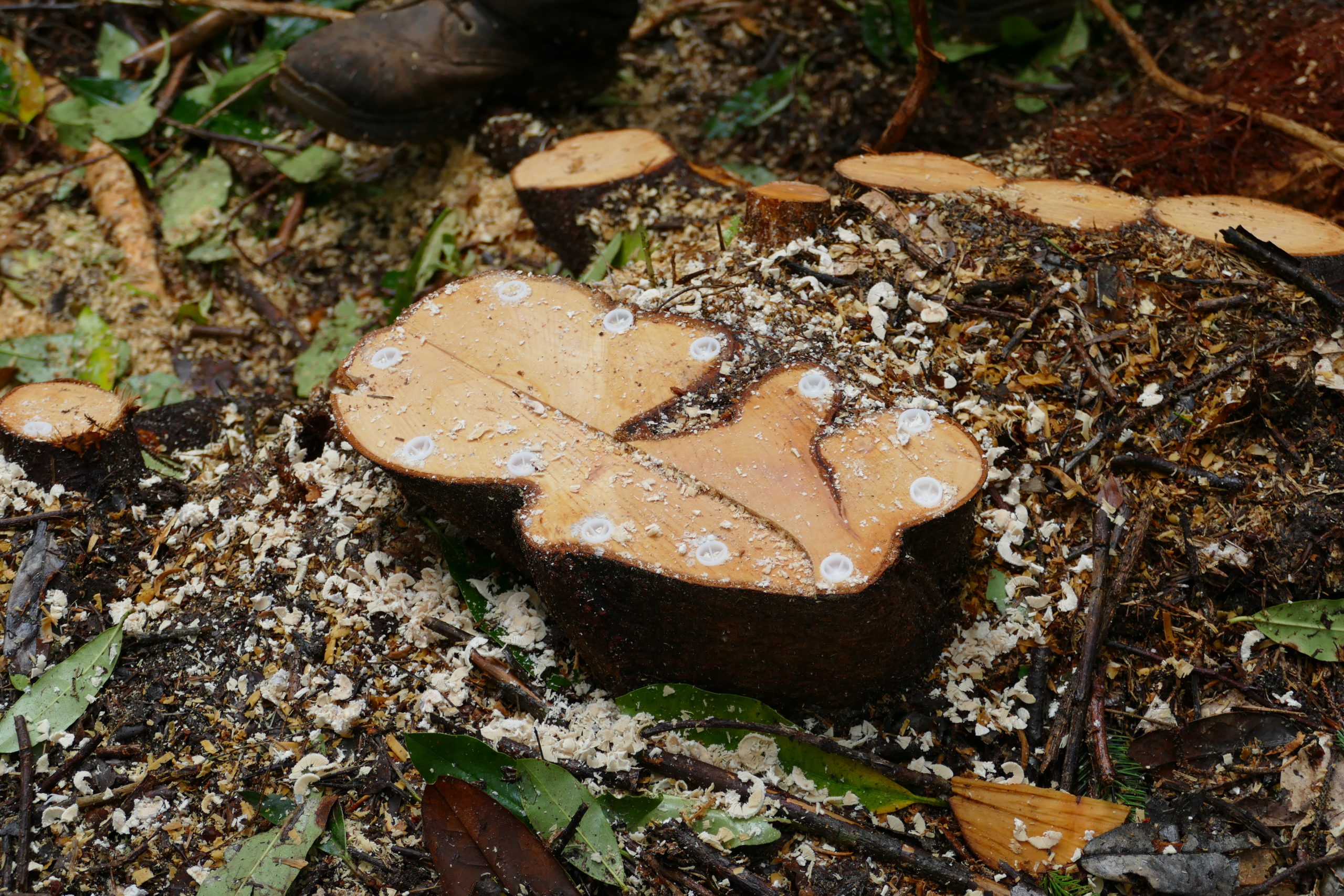Biodiversity Restoration Works continue at Hazelwood

Over the summer, work has continued to clear invasive species from the northern section of this superb example of alluvial woodland. On the banks of Lough Gill and the Garavogue river, these woodlands are a rare and precious habitat of international importance, and a designated Special Area of Conservation (SAC). They provide a home for many plant and animal species which are specially adapted to this particular type of wet woodland. The biodiversity restoration works this summer continue on from work started last year which you can read about in an earlier news piece here.
The Coillte Nature team carried out detailed planning before starting on these biodiversity works in 2020, mapping the habitats and preparing a biodiversity management plan and an ecological impact report for submission to the National Parks and Wildlife Service.
Regeneration of native flora
Already this summer, we have seen signs that natural regeneration is occurring gradually where rhododendron was cleared in the northern section of the woods last year. There is new ground flora emerging and even some young native trees starting to grow, like the oak sapling pictured here. However, some of the invasive species are also continuing to resprout where they were cut last year, and this will have to be managed over the coming years to ensure that the native vegetation, shrubs and trees have the advantage.

Since June this year, over 14 hectares have been cleared of invasive species beneath the native woodland canopy which includes species such as Scots pine, birch and rowan. This is the equivalent size of more than ten Croke Park pitches! The restoration works will continue during dry weather, with additional invasive clearing operations also taking place in the southern portion of Hazelwood which receives considerably more visitors. Here the mixed woodland of beech, Norway spruce, and various native tree species will be managed using continuous cover forestry (CCF) to gradually increase the proportion of native trees over time.
New native woodlands
Due to the fact that Hazelwood is heavily used for recreation, and is close to Sligo town, as well having high biodiversity value, the remaining areas of commercial conifer woodlands will be phased out over time. As the conifers mature, they will be felled, and these areas will be replanted with native woodland. Some mature Norway spruce will be kept to become future veteran trees and provide important food sources for red squirrels. One such area of new native woodland was planted in April 2020 and is now well established with species such as birch, willow, rowan, alder and Scots pine. A new small, looped trail will soon be added which will pass by this new area of native woodland and link in with the existing trails, allowing visitors to enter the site from a new access point.


Local resident and regular visitor to Hazelwood, Alison English, got in touch with us to say ‘this is brilliant news, as the rhododendrons have been choking the forest for years. It will be great to see this amenity finally cleared of these invasive species, I look forward to the final result’.
In the long term, the ongoing biodiversity and amenity works will create an enhanced recreational experience and a healthier, more vibrant woodland for the people of Sligo and visitors alike to enjoy.


